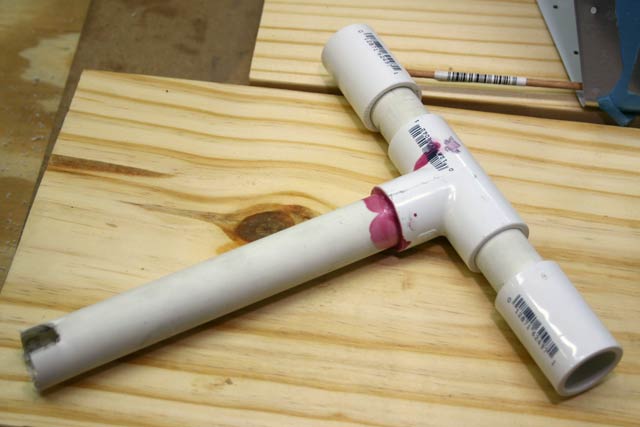Ran into something similar last week on a 172L. I'm not an engine guy, but I think that one has the O-320. There were two of us. He checked the oil while I preflighted. Engine was still warm from the previous renter that had just returned. We topped off the tanks first, then did the inspections. When I got around to the dipstick to do my own check, I couldn't get it loose. The other guy tried, since he had just checked it himself. He did not crank it down, but it wouldn't budge. I thought it might have been cross threaded, but I really doubt that was the case since it screwed in easily. I did have my Leatherman and we got it unstuck. This time I was the one that screwed it back in, and it still got stuck when I tried to immediately remove it. Don't know what the deal was, we let the line supervisor know about it and I haven't heard back.


